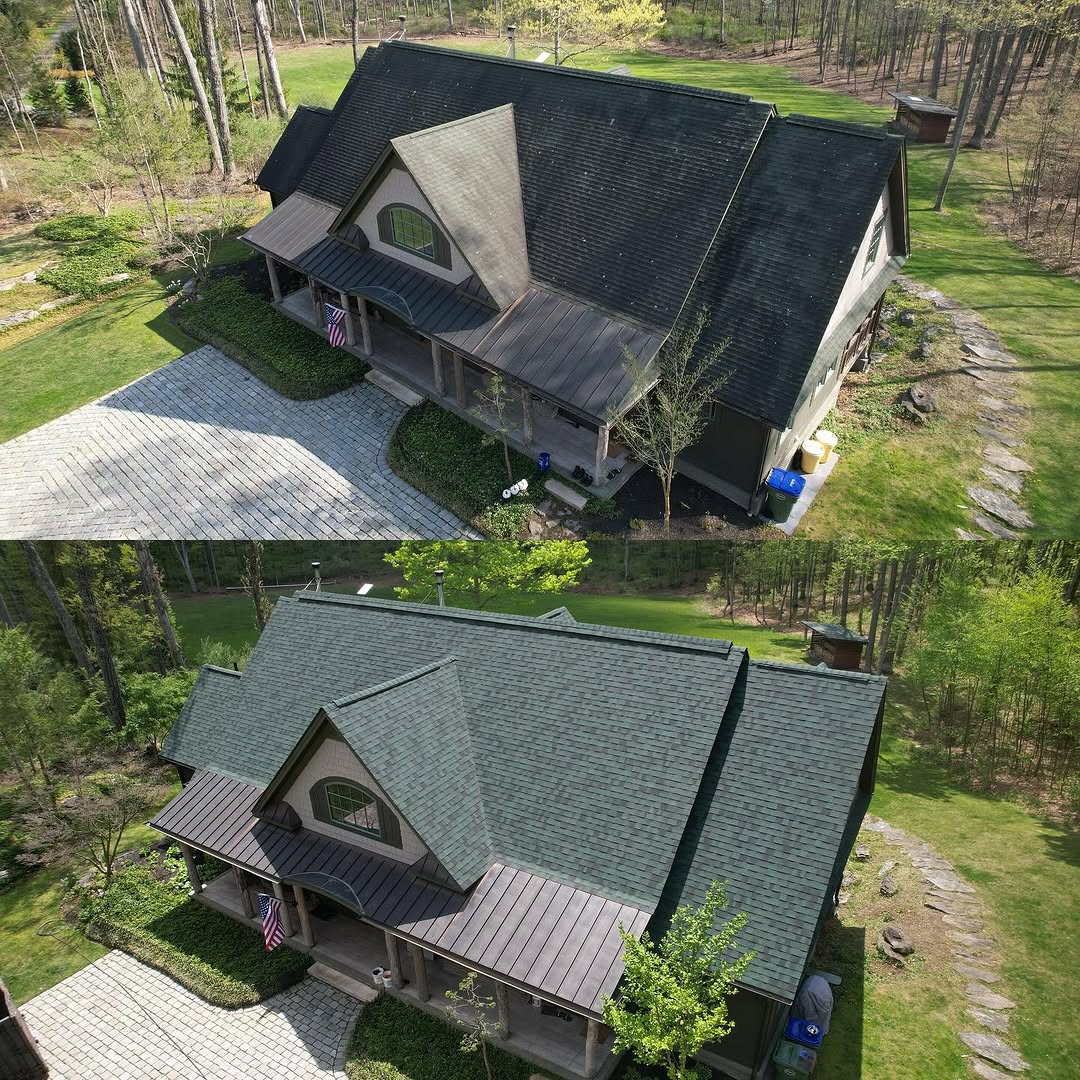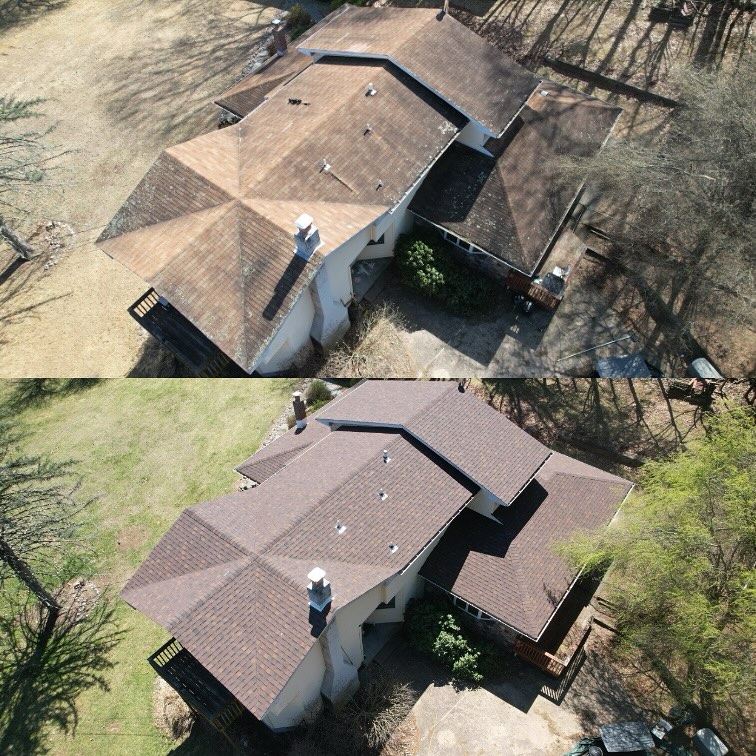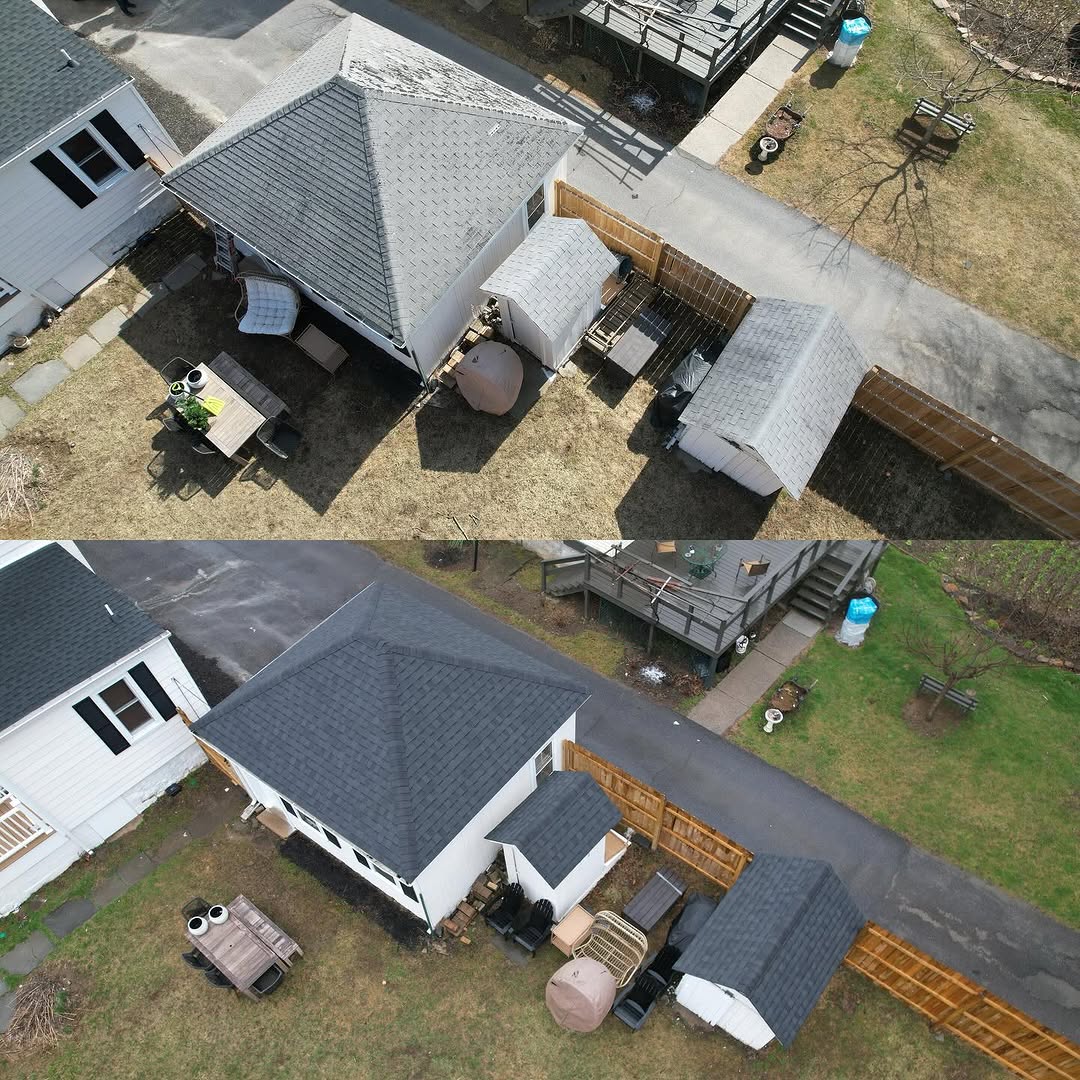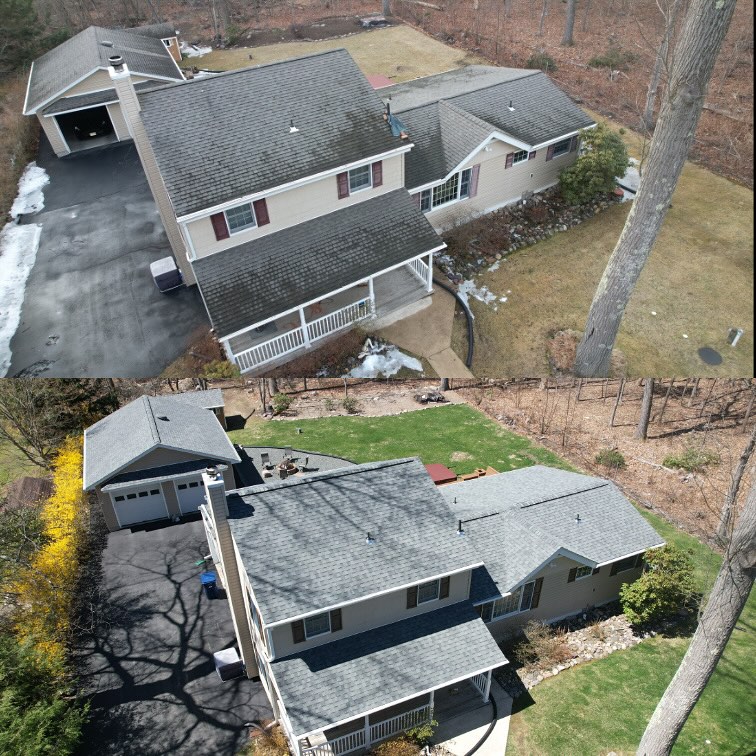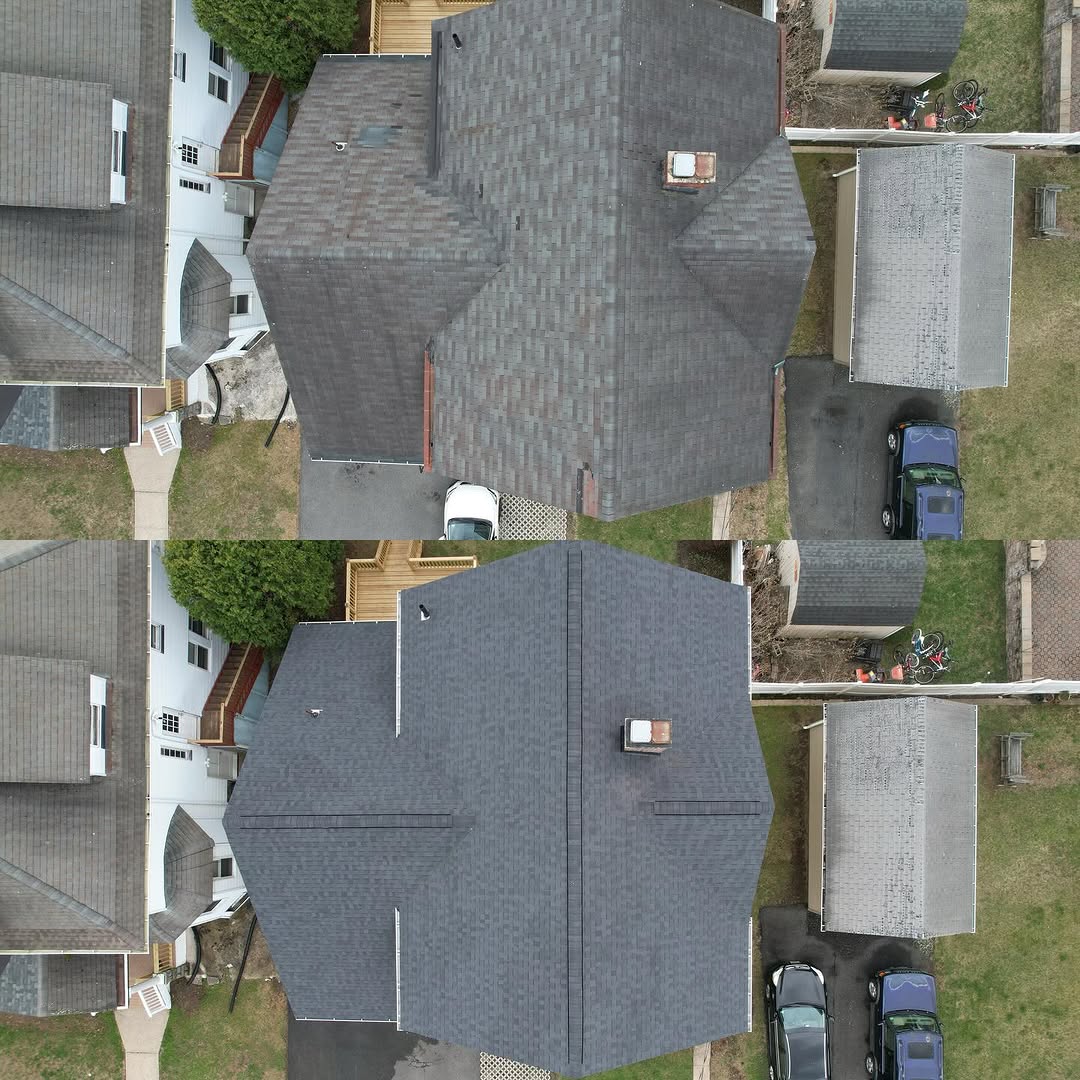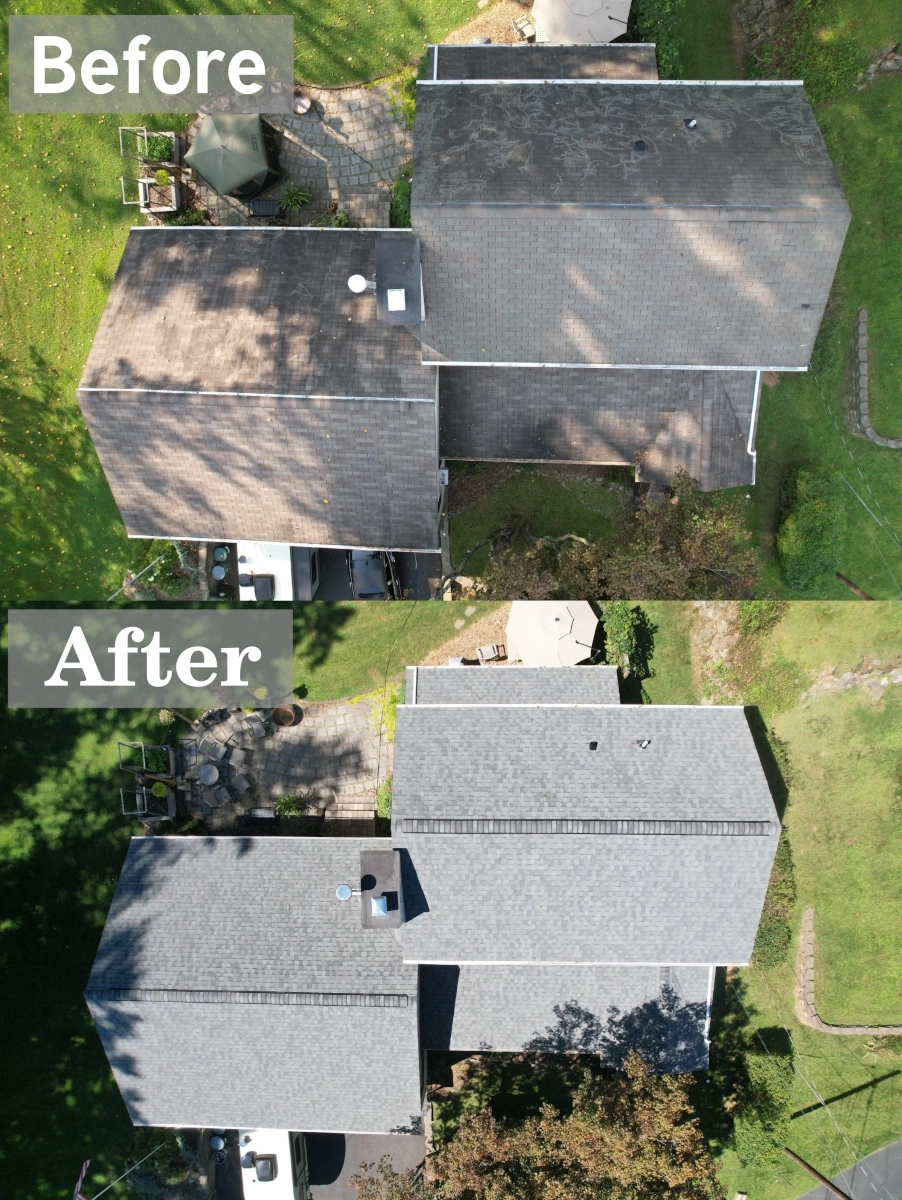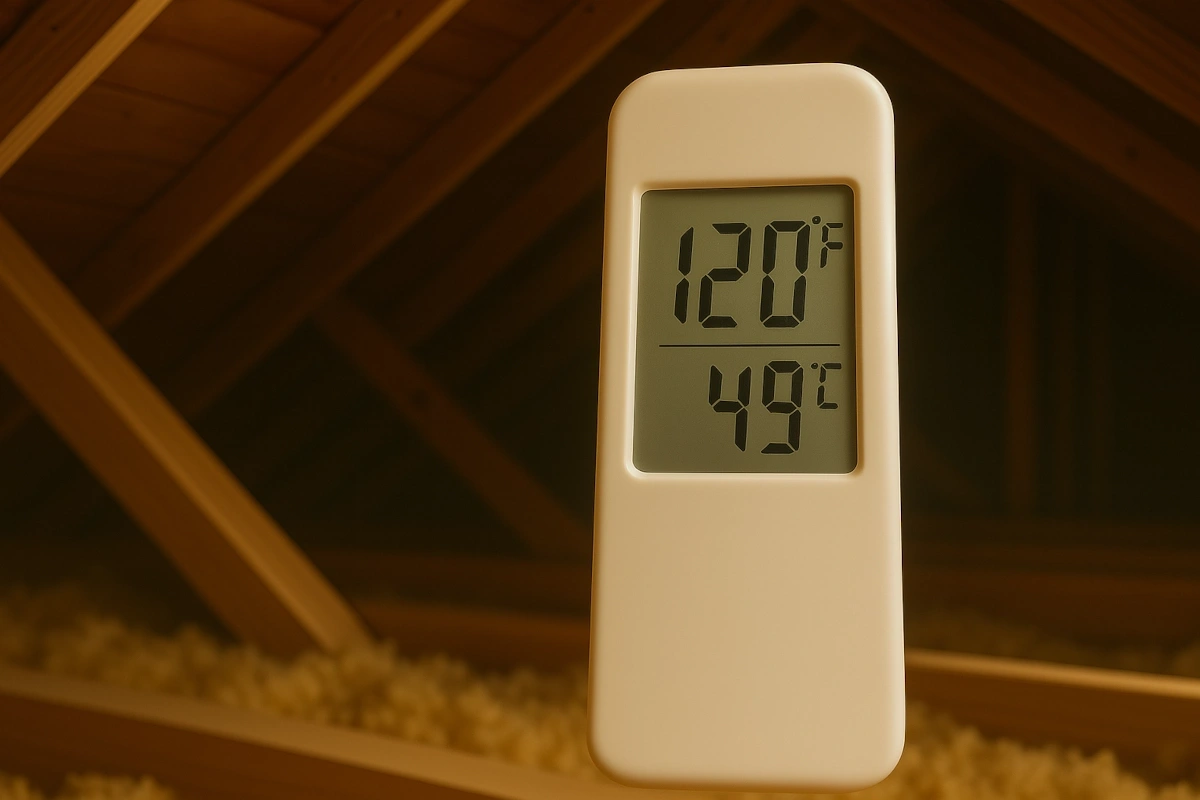
Preventing Attic Heat and Moisture in New Jersey Homes
Posted :
Modified :
If you’re a homeowner in New Jersey, your attic could be working against you this summer. When temperatures and humidity soar across the Garden State, heat and moisture tend to accumulate in your attic damaging your roof, driving up energy costs, and even creating health hazards like mold.
In this guide, we’ll break down how heat and moisture build up in attics, why it’s such a concern for NJ homes, and what steps you can take to prevent costly damage with proper ventilation, insulation, and roof care.
Why New Jersey Homes Are Prone to Attic Moisture and Heat
New Jersey summers are hot, humid, and often unpredictable. From Cape May to Morris County, most homes in NJ experience:
- High humidity that seeps upward into attic spaces
- Strong sun exposure that turns attics into heat traps
- Older roof designs that lack modern ventilation systems
- Heavy storms that worsen moisture buildup
That combination creates the perfect storm for heat-related roof damage and mold.
What Happens When Your Attic Gets Too Hot or Humid
A poorly ventilated attic can exceed 130°F on a sunny day in NJ. Combine that with internal moisture from laundry, showers, and cooking and you’ve got trouble brewing.
Here’s what can happen without intervention:
- Roofing materials deteriorate faster
- Mold and mildew grow in insulation and rafters
- Decking warps, softens, or rots
- Shingles crack or blister from underneath
- Energy bills skyrocket as A/C works harder
Need a new roof or better airflow? Explore our roof installation services for NJ homes.
Signs Your New Jersey Attic Has a Ventilation Problem
Not sure if your attic is a problem? Here are red flags many NJ homeowners miss:
- Stuffy second floor that’s always hotter
- Rusty nails or water-stained wood in the attic
- Musty odor or visible mold
- Condensation on roof sheathing
- Discolored shingles from trapped heat underneath
- Wet or compressed insulation
Don’t ignore these signs. They can signal major issues brewing above your ceiling.
The Role of Attic Ventilation in Roof Health
Proper ventilation helps cycle out hot, moist air and replace it with cooler, drier air from outside. That’s essential for NJ homes with high summer temps and big swings in humidity.
Balanced attic ventilation includes:
- Intake vents (usually soffit or eave vents)
- Exhaust vents (ridge vents, gable vents, or attic fans)
Balanced airflow prevents condensation, lowers attic temperatures, and extends your roof’s life span. See how we include attic evaluations in every roof replacement inspection.
Insulation and Vapor Barriers Matter in NJ’s Climate
Ventilation moves air, but insulation keeps heat where it belongs. For homes in New Jersey, combining insulation with vapor barriers is a must:
- Prevents warm indoor air from condensing in the attic
- Helps A/C run efficiently
- Reduces the chance of ice dams in winter (yes, this starts in summer!)
Make sure insulation is dry, evenly distributed, and rated R-38 or higher for our climate zone.
How Attic Heat Harms Your Roof
Hot attics in NJ homes directly affect roofing materials. Over time, this causes:
- Shingle damage: Heat causes asphalt to dry out, crack, and curl.
- Warped decking: Plywood swells or delaminates, leading to costly repairs.
- Shortened roof life: An unvented attic can reduce your roof’s lifespan by years.
For roofing built to last in NJ summers, check out our material options
.
Summer Attic Care Checklist for NJ Homeowners
Not sure where to start? Here’s a simple attic health checklist for summer in New Jersey:
- Inspect soffit and ridge vents for blockages or bird nests
- Look for damp insulation or rusty nails in attic beams
- Run a dehumidifier during extended humid stretches
- Check for light leaks or air gaps around chimneys and fans
- Use thermal imaging (or hire a pro) to spot hot zones
- Book a roof inspection with attic evaluation before fall
Why MOCO Roofing Checks Every Attic
At MOCO Roofing, we don’t just replace shingles; we assess your entire roof system from the inside out. Every NJ roofing job includes:
- Drone inspections
- Full attic walkthrough
- Moisture and ventilation analysis
- Honest recommendations—no pressure or upselling
This is the level of transparency New Jersey homeowners deserve.
Request a free roof and attic inspection now or call 862-391-1619.
FAQs – Attic Heat and Moisture in NJ Homes
- Q: How often should I inspect my attic in New Jersey?
- A: At least twice a year—before summer and after winter storms. Monthly spot checks during humid stretches are smart.
- Q: Can attic fans solve the issue alone?
- A: Only if you also have proper intake vents. Attic fans are helpful but not a complete solution.
- Q: Is mold in the attic dangerous?
- A: Yes. Mold spores can spread to living areas and cause respiratory issues. Moisture control is critical.
- Q: My roof is less than 10 years old. Can I still have attic problems?
- A: Absolutely. Age isn’t everything. Poor ventilation can cause issues on even newer roofs.
New Jersey Roofing Solutions that Include Attic Protection
Attic ventilation and roofing upgrades should go hand in hand. At MOCO Roofing, we help NJ homeowners combine proper airflow with durable roofing materials to protect their home from both above and within.
Explore services that help with both:
Call 862-391-1619 or request a free estimate to get started.
Conclusion: Don’t Let NJ Summer Heat Destroy Your Roof
The weather in New Jersey is no joke and neither is the damage attic heat and moisture can cause to your roof and home. By taking proactive steps like improving ventilation, checking insulation, and scheduling regular inspections, you can avoid big repair bills and keep your home protected year-round.
When in doubt, bring in the pros. MOCO Roofing specializes in protecting NJ homes from the top down with no pressure, no hidden fees, and expert advice every step of the way.
